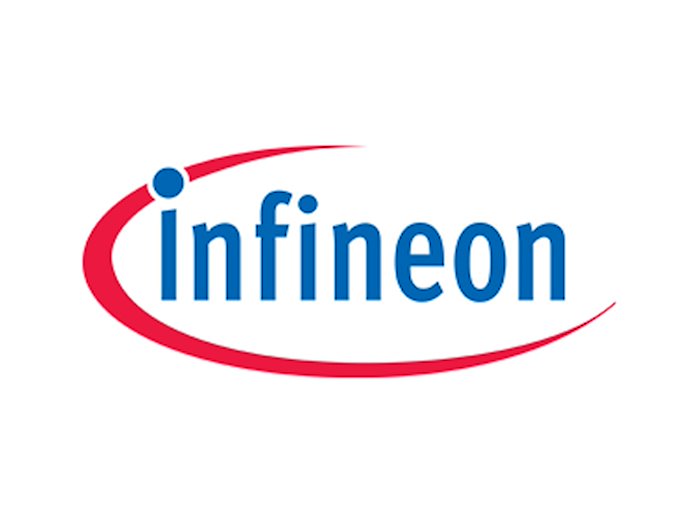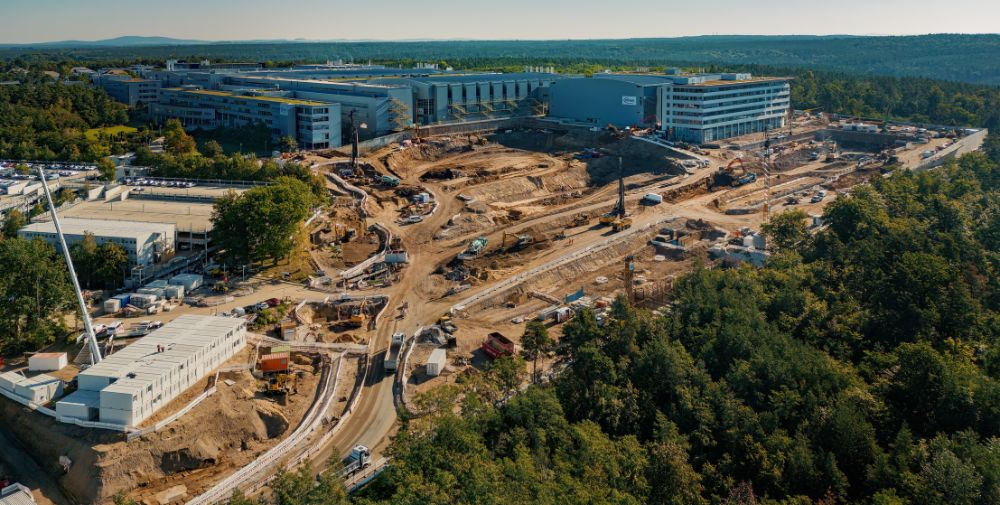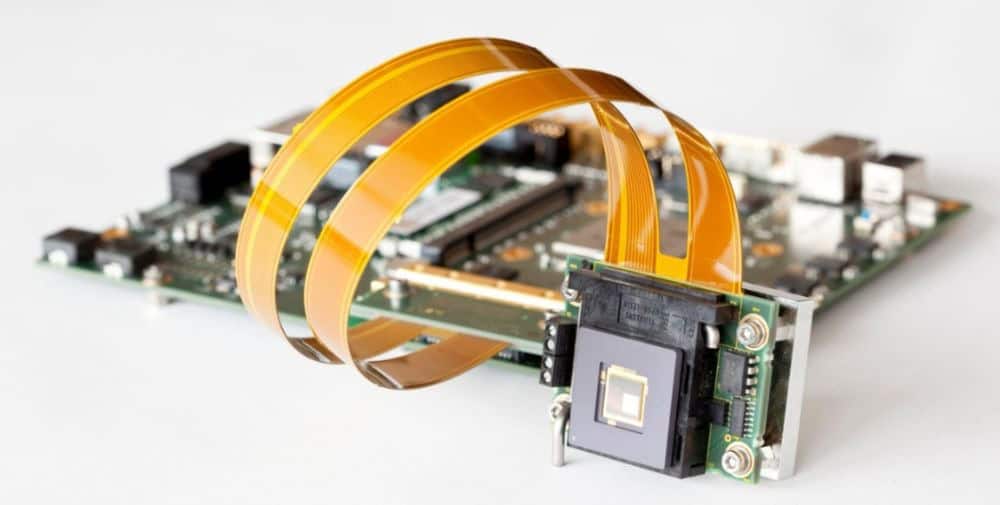Infineon Technologies Dresden

Current expansion projects: Smart Power Fab
Construction start: Spring 2023
Completion: Fall 2026 (planned)
How many new jobs will be created: 1,000
Funding (Chips Act, IPCEI, federal government; if so, how much?): 1 billion euros
Interview with Raik Brettschneider, Vice President & Managing Director | Infineon Technologies Dresden, on the current expansion plans (as of November 1, 2023)
What goals are you pursuing with the current construction and expansion projects?
Raik Brettschneider: Global demand for Infineon semiconductors will grow strongly and continuously in view of the high demand for renewable energies, data centers and electromobility. With the new Smart Power Fab, we are creating additional manufacturing capacity to meet our customers’ demand in the second half of the decade.
You have chosen Saxony as the location for this project/these projects. Why?
Raik Brettschneider: Expanding manufacturing at the existing Dresden site enables
Infineon to implement the project quickly and also offers significant
scale effects.
Saxony is booming as a microelectronics location. Where are the most pressing challenges with regard to regional development (infrastructure, skilled workers, etc.)?
Raik Brettschneider: The increasing need for skilled workers is one of the most important challenges in our growth plans. In order to have qualified personnel in time, we will increase the number of apprenticeships at Infineon Dresden to more than 600 in the coming years. In addition, the Dresden region must become even more attractive to people from other regions in the coming years.
Go to the corporate website:
👉 Infineon Technologies
– – – – – –
JENOPTIK Optical Systems GmbH

Current expansion projects: New construction of a high-tech factory in the industrial park Dresden-Nord
Beginning of construction: 06.09.2022
Completion: Late 2024; start of manufacturing early 2025
How many new jobs will be created:Increase to a total of more than 120 jobs at the site; a continuous build-up is already taking place
Funding (Chips Act, IPCEI, federal government; if so, how much?): KfW
Interview with Dr. Andreas Morak, Director Operations Microoptics | JENOPTIK Optical Systems, on the current expansion plans (as of November 1, 2023)
What goals are you pursuing with the current construction and expansion projects?
The goals cover various areas: The primary goal is, of course, to expand manufacturing capacity in the semiconductor equipment industry to keep pace with strong market growth. In addition, we are thus bundling activities that are currently taking place at several small external locations and utilizing the resulting synergy effects. This also results in new opportunities and technical prerequisites for the further development of our product portfolio in the photonic area.
Not least, the new building will also serve to achieve greater sustainability in construction projects in line with our Group objectives and create a modern and attractive working environment for Jenoptik’s existing and future employees in Dresden. Jenoptik aims to meet the currently most comprehensive and strictest building criteria in terms of sustainability with the “KfW 40 Standard” and the “LEED Gold Standard Certification”.
With this project/these projects, you have made a conscious decision in favor of Saxony as a location. Why?
Jenoptik has already been present at the Dresden site since 2007. In recent years, capacities have been systematically built up and expanded. Here at the site we manufacture micro-optics and micro-optical sensors for the semiconductor equipment industry. In the manufacturing process, similar lithographic methods are used as for the production of chips. This means that there is a close technological link to semiconductor production here in Dresden. Furthermore, numerous supporting trades in Silicon Saxony are already aligned with Jenoptik’s requirements. In addition to the technical points, there are also qualified skilled workers to ensure production.
The microelectronics location of Saxony is booming. Where are the most pressing challenges with regard to regional development (infrastructure, skilled workers, etc.)?
First and foremost, there are the issues affecting society as a whole. Of course, we are also affected by the shortage of skilled workers and the demographic development. But also the security of supply with water, electrical energy, the cost of electricity and the future mobility of employees are a challenge.
The supporting trades in the surrounding area must also be able to follow the requirements of all demanders as they grow.
The strong growth of the existing factories and the new establishment of TSMC here at the site makes strategic action by political decision-makers necessary. This consideration must not only take into account the interests of the big players with their billion-dollar investments.
Go to the company website:
👉 JENOPTIK
__________________________________________________________________________________________________________________________________
This article was first published as part of our NEXT magazine “In Focus: Microelectronics.”
👉 Go to the full issue of the magazine




